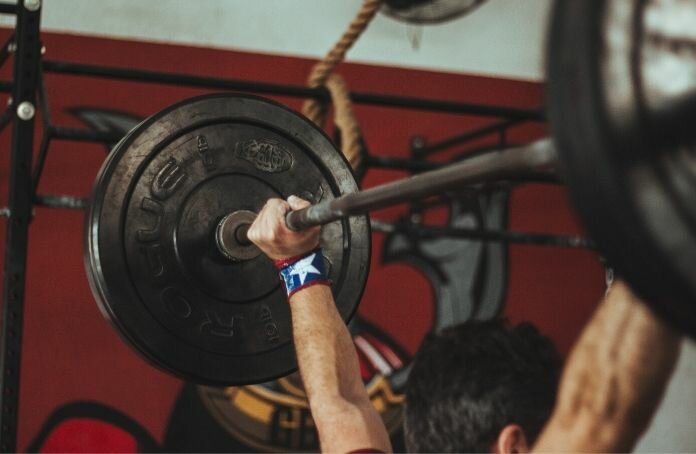This series covers the 3 most important aspects of setting up a strength training regimen, starting with basic aspects of a strength training routine like goal setting and planning to workout routines and exercise. This article deals with the first stage of a successful strength training routine, goals, and a plan for reaching them.
Step I: Setting Goals
All goals, from a successful entrepreneur to earning a doctorate starts as an idea in your head. Writing down your goals on paper is a good step towards making those dreams a reality. Setting the goal of getting stronger and shaping your body is no different. So, the first step you must take is getting a notebook that you can dedicate to your new workout routine.
Once you have your notebook dedicate the first page to all of your goals, this can be anything from getting in shape for a healthier lifestyle or getting strong enough beat up your brother. Next, break down your goals by the amount of time you expect it to take to reach them. It’s a really good idea to set short and long term goals. Reaching short term goals gives you that extra boost you’ll need to sustain a long term fitness routine and reach some of your bigger, longer-term goals. Here is a sample list of goals:
Short Term Goals:
- Bench press 150 lbs
- Keep my routine going for at least a month
- Be able to do 50 pushups
Long Term Goals:
- Bench press 200 lbs
- Keep my routine going for 3 months
- Do 100 pushups
- Look good for prom
Step II: The Plan
Flip to the next blank page in your fitness journal and write a schedule for working out. A 3 day a week commitment is great for beginners because excessive strength training can damage the body, particularly if you haven’t been active lately. If possible, leave a day between every workout session. This allows your body to recuperate from the stress and rigors of strength training. If you can’t spread out your workout sessions, focus on one muscle group during each session. This will increase the effectiveness of your workouts and also prevent damage from being done to your body.
Next, plan your workout routine. A good routine will include stretches to warm up your body. Stretching before workout sessions is also a good way to prevent injuries and remain limber. Starting with a few pushups and crunches is also a great way to gear your body up for a tough weight training routine.
Now, get out your journal, and set dates and times for your fitness sessions, be very specific, and make sure you have enough to time warm-up and cool down. Decide what muscle groups you’ll be working each day and design a workout routine specifically for yourself. This will prevent you from competing against Joe Blow next to you who has been regularly working out for the past 5 years and keep you on track to reach your goals.
Step III: Your First Workout
Your first workout ever is not going to be your “normal routine”. Rather, you’re going to use your first session to gauge how in-shape you are. Start with stretches of course and then perform some of these exercises to determine your physical condition: See how many crunches, sit, pull, and chin-ups you can do in a minute. Next, check your max. (Max means the maximum weight you can lift during an exercise.) You can do this with the bench press, leg press, curling, chest press, shoulder press, squats, and almost any other strength training exercise. Next, you’re going to want to the amount of weight you can rep with every strength training exercise you plan to do. (To “rep” means to perform an exercise frequently without stopping.) Write down all your results in your fitness journal and date it. You’ll use this to track your progress which will also keep you motivated to continue your strength training routine.
That ends part I in this series. Part II will detail specific strength training routines designed to achieve certain goals such as body definition and muscle building. I hope you understand the importance of keeping a log of your fitness routine because it can mean the difference between exercising for a week and exercising for life!



